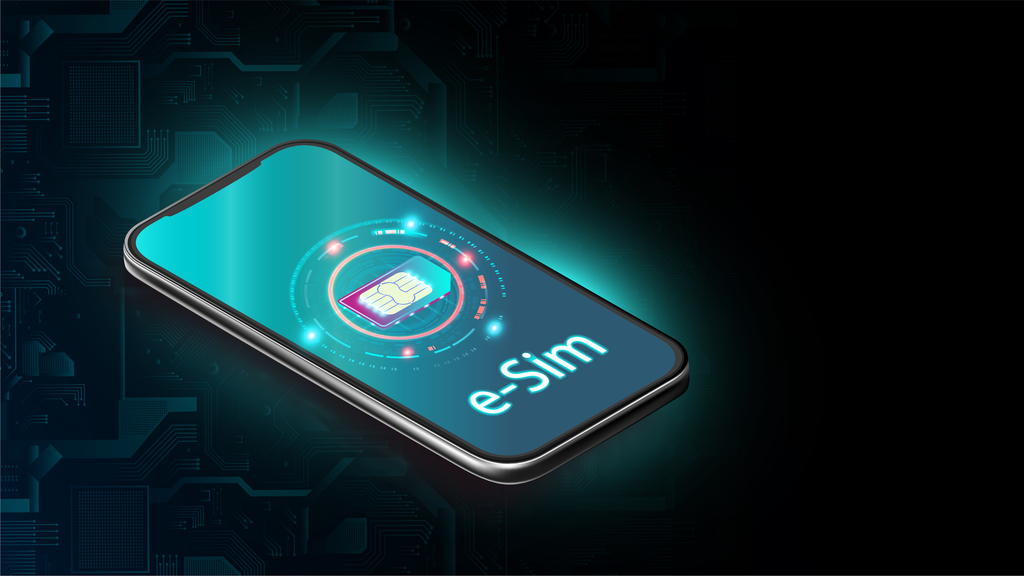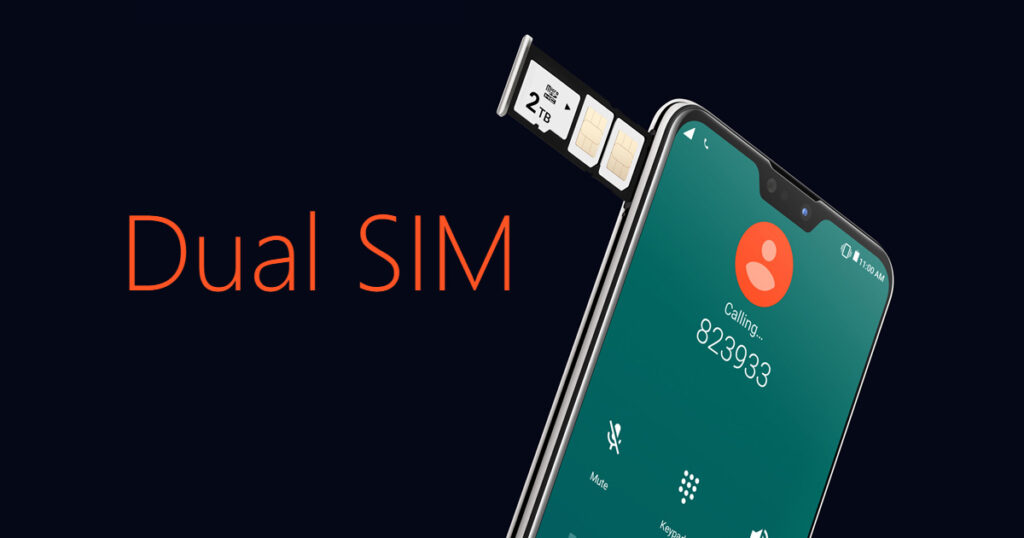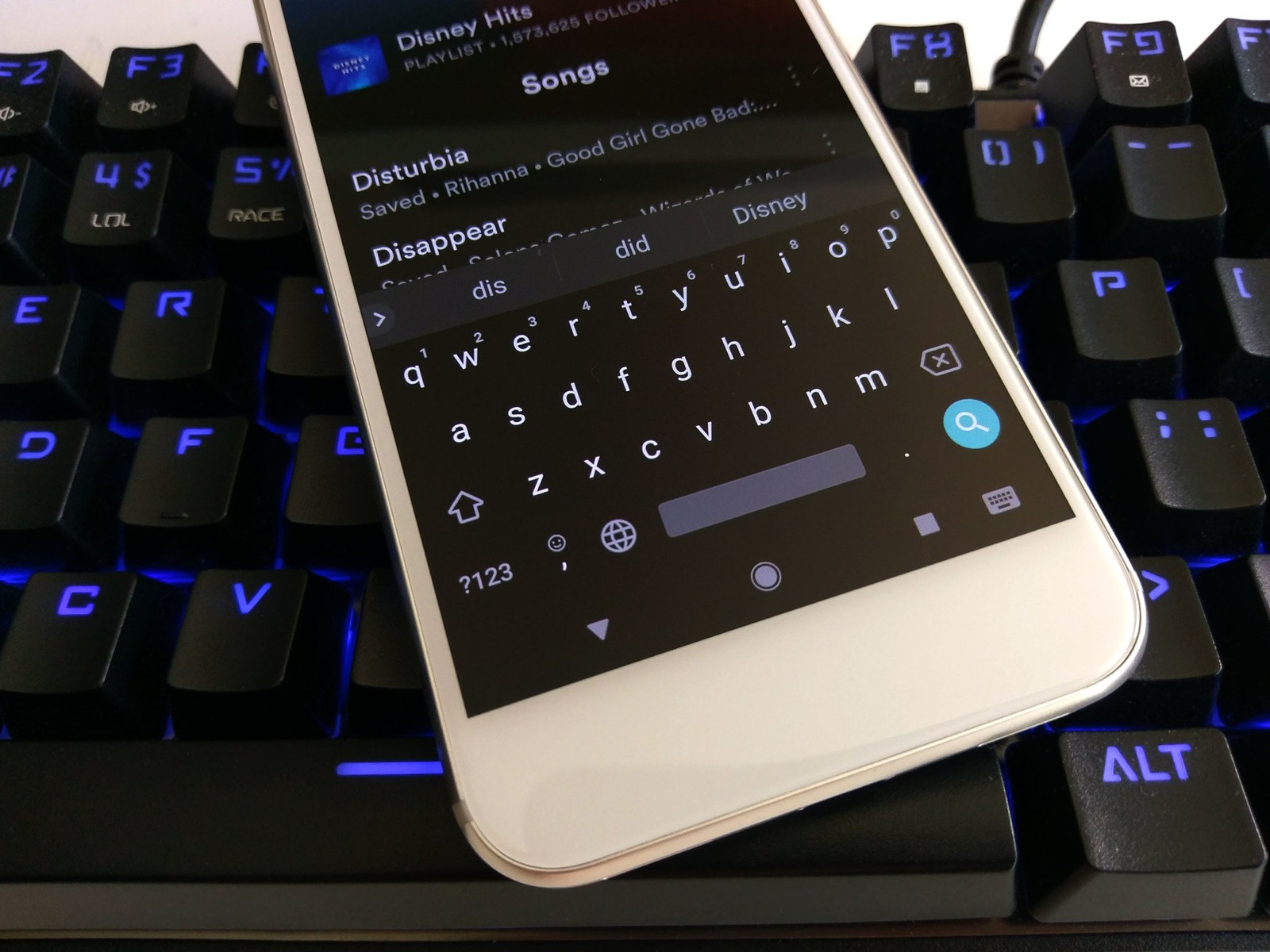Although we have been seeing eSIMs in phones for several years now, they are still more of an add-on to the classic SIM instead of a priority solution. With very few exceptions (e.g. the Motorola Razr), we’ve seen virtually no phones that skip the physical nanoSIM slot altogether and rely purely on the eSIM.
One of the reasons for this is that users today demand Dual SIM connectivity, and this is a problem with eSIMs. Although you can load several operator profiles into eSIM phones, you can only actively use one, due to the limitations of eSIM. If a manufacturer wanted to make a phone with a dual SIM solution for eSIMs, it would mean adding another separate chip to the board, which is usually not desirable.

However, this is apparently about to be changed by Google with its solution called MEP (Multiple Enabled Profiles). Normally, the way it works is that these phones always have one interface that feeds one chip for the eSIM directly with the modem, which causes today’s limitation. However, Google has figured out a way to create additional logical interfaces above the single physical interface, dividing logical slots and ports to allow connections to the modem, allowing multiple eSIM cards to communicate continuously at once over a shared bus.
Multiple active eSIMs at once
The advantage is that it’s all a matter of software and application setup. In theory, a similar scenario should be possible on today’s commonly available eSIM phones. Google itself describes in its patent that the principle is even applicable to devices with different operating systems, be it Android or even iOS.
As the first beta versions of Android 13 have shown, it looks like the deployment of this technology that Google had patented 2 years ago will probably come later this year. It is not yet certain whether exclusively for Pixels or also for other manufacturers. However, some hints have been discovered in the Android Open-Source Project (AOSP).

The advantage, however, is that this software solution could also be applicable to the new iSIM format that is being worked on. It is therefore possible that all this could finally speed up the process of a complete transition from physical to electronic SIM form.
Dual Sim smartphones
You don’t want to wait for phones with eSIM. Almost all current Xiaomi, Redmi and Poco phones offer two nanoSIM slots. This has a number of advantages – for example, you can have both work and private SIMs in them, or SIM cards from different operators, each of which is more convenient in a different area. In fact, the most common type of dualSIM phone is the so-called Dual Standby, or Standby. These devices are equipped with only one phone module that constantly switches between the two inserted SIM cards. The phone therefore detects whether the SIM has received an SMS or if someone is calling and then switches to the other SIM.

Only one SIM card can be in reception at a time. The disadvantage of this solution becomes apparent the moment you start making calls with such a phone. At that point, the SIM will reserve the phone module for itself. The other SIM cannot access it and appears to be disconnected from the network from the perspective of the caller and the operator.
If you need to be permanently available on both SIM cards, you need to get a Dual Active or Full Active phone. Such a phone is equipped with two phone modules and both cards are therefore always on. Two modules are logically reflected in the higher price of the phone.




Add comment